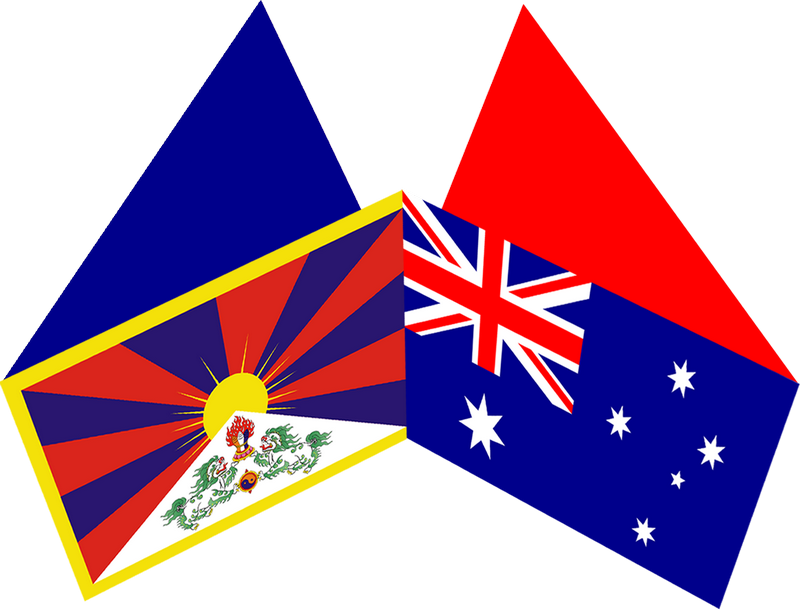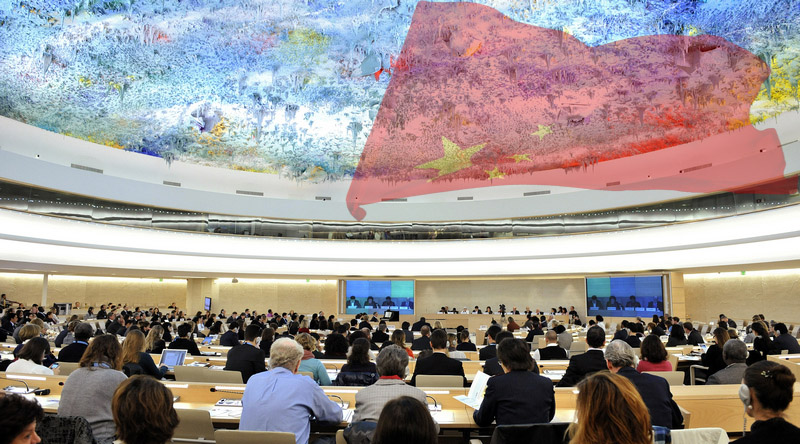TIBET, the Roof of the World, is a vast country – over two-thirds the size of India or more than two and half times the size of Austria, Denmark, France, and Germany put together. It is a land rich in minerals and the variety of its flora and fauna.
And, contrary to popular belief, Tibet is not entirely arid and barren – it has vast areas rich in forests, endless pasturelands suitable for animal husbandry, and extensive fertile valleys. Surrounded by high snow-capped mountain ranges and dotted with numerous lakes, Tibet is also the source of many great rivers – the Yar lung Tsang-po (Brahmaputra), Senge Khabab (Indus), Dri-chu (Yangtze), Za chu (Mekong), Ma chu (Yellow), Gyalmo Ngulchu (Salween) to name a few.
How big is Tibet?
Moreover, covering an area in excess of 2.5 million square kilometers, Tibet borders India, Nepal, Bhutan, and Burma to the south; with Eastern Turkistan to the north and with China to the east. Tibet, therefore, commands not only the highest but also the most strategic position in Central Asia.
The Tibetan people are a distinct race with its own spoken and written language, culture, traditions, food, and dress. In 1959 the population of Tibet was estimated at six million. An estimated 1.2 million Tibetans have died as a direct result of Chinese occupation.
A brief account of this nation; its origin, how it grew into great military power and carved for itself a huge empire in Central Asia; then how it renounced the use of arms to practice the teachings of the Buddha and the tragic consequences that it suffers today as a result of the brutal onslaught of the communist Chinese forces is given in the following passages.
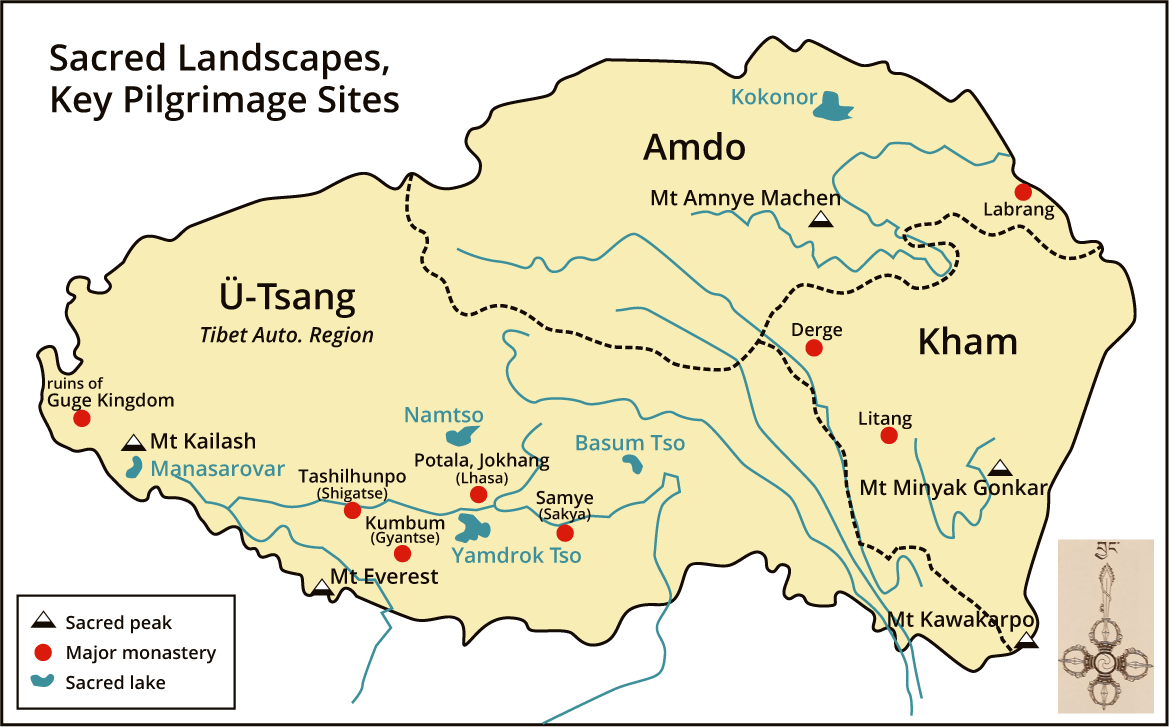
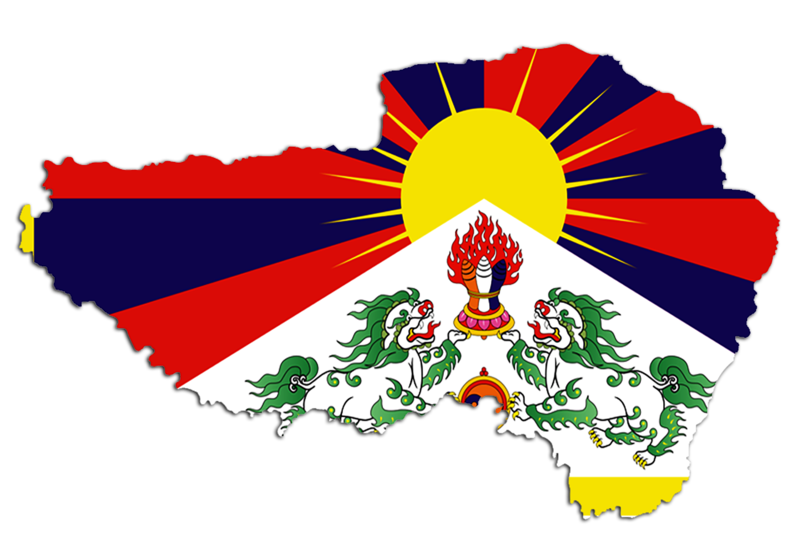
Five hundred years before Buddha Shakyamuni came into this world, i e. circa 1063 BCE, a semi-legendary figure known as Lord Shenrab Miwo, reformed the primitive animism of the Shen race and founded the Tibetan Bon religion. According to Bonpo sources, there were eighteen Shangshung Kings who ruled Tibet before king Nyatri Tsenpo. Tiwor Sergyi Jhagruchen was the first Shangshung Emperor.
The empire was known as Shangshung Go-Phug-Bar-sum.
Shangshung, before its decline, was the name of an empire which comprised of the whole of Tibet. The empire known as Shangshung Go-Phug-Bar-sum consisted of Kham and Amdo forming the Go or Door, U and Tsang forming the Bar or Middle, and Guge and Tod-Nyari Korsum forming the Phug or Interior.
As the Shangshung empire declined, a Kingdom known as Bod (the present name of Tibet) came into existence at Yarlung and Chongyas valleys at the time of King Nyatri Tsenpo, who started the heroic age of the Chogyals (Religious Kings). Bod grew until the whole of Tibet was reunited under King Songtsen Gampo, when the last Shangshung king, Ligmigya, was killed.
The official Tibetan Royal Year of the modern Tibetan calendar is dated from the enthronement of King Nyatri Tsenpo in 127 BCE. This lineage of Tibetan monarchy constituted for well over a thousand years, till King Tri Wudum Tsen, more commonly known as Lang Dharma, was assassinated in 842.
Most illustrious of the above kings were Songtsen Gampo, Trisong Deutsen, and Ngadhak Tri Ralpachen. They are called the Three Great Emperors.
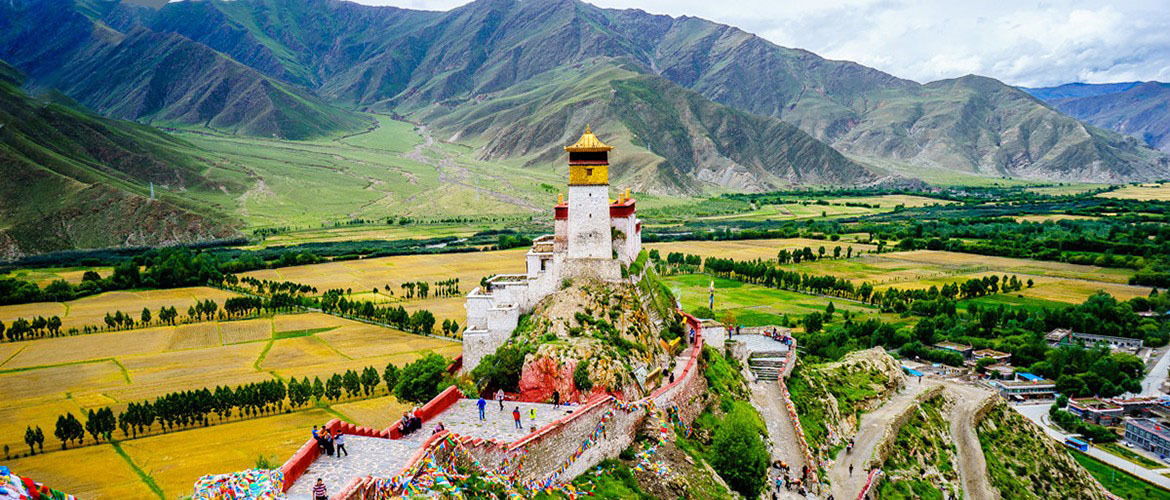
During the reign of King Songtsen Gampo (b. 620 CE) Tibet became a great military power and her armies marched across Central Asia. He promoted Buddhism in Tibet and sent one of his ministers and other young Tibetans to India for study. He first took a Tibetan princess from the Shangshung King as his wife and then obtained a Nepalese Consort. After invading the Chinese Empire he also obtained a Chinese princess as one of his wives. The two latter wives have been given prominence in the religious history of Tibet because of their services to Buddhism.
During the reign (755-97) of King Trisong Deutsen the Tibetan empire was at its peak and its army invaded China and other Central Asian countries. In 763 CE the Tibetans seized the then Chinese capital at Ch’ang-an (present-day Xian). As the Chinese Emperor had fled, the Tibetans appointed a new Emperor. This memorable victory has been preserved for posterity in the Zhol Doring (stone pillar) in Lhasa and reads, in part:-
“King Trisong Deutsen, being a profound man, the breadth of his counsel was extensive, and whatever he did for the kingdom was completely successful. He conquered and held under his sway many districts and fortresses of China. The Chinese Emperor, Hehu Ki Wang, and his ministers were terrified. They offered a perpetual yearly tribute of 50,000 rolls of silk and China was obliged to pay this tribute….”
It was during his time that Samye, the first monastery in Tibet, was founded by Guru Padmasambhava, who also established the supremacy of Buddhism. King Trisong Deutsen also expelled the Chinese monks (Hoshang), banished forever from Tibet the Chinese Chan School of Buddhism, and adopted the Indian system. He also declared Buddhism as the state religion of Tibet.
The 1300-year-old Jokhang Temple is the spiritual heart of Tibet
If you are going to use a passage of Lorem Ipsum, you need to be sure there isn't anything embarrassing hidden in the middle of the text. All the Lorem Ipsum generators on the Internet tend to repeat predefined chunks as necessary, making this the first true generator on the Internet.
Sed ut perspiciatis unde omnis iste natus error sit voluptatem accusantium doloremque laudantium, totam rem aperiam, eaque ipsa quae ab illo inventore veritatis et quasi architecto beatae vitae dicta sunt explicabo.
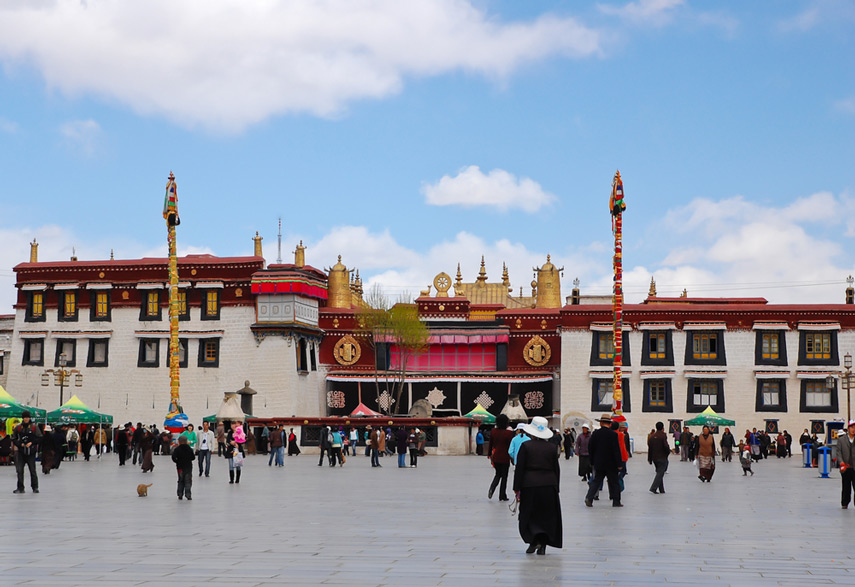
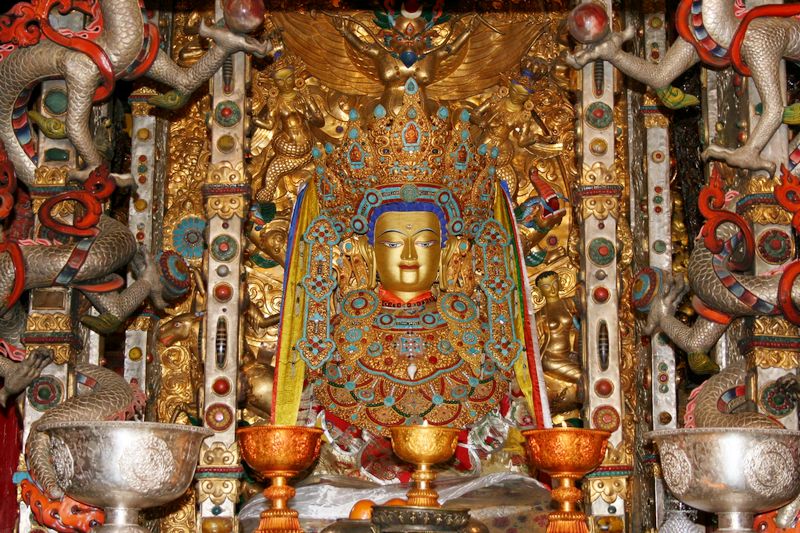
Even the all-powerful Pointing has no control about the blind texts it is an almost unorthographic life One day however a small line of blind text by the name of Lorem Ipsum decided to leave for the far World of Grammar. The Big Oxmox advised her not to do so, because there were thousands of bad Commas, wild Question Marks and devious Semikoli, but the Little Blind Text didn’t listen.
- Provide long-term campaign planning
- Reduce our long term administration costs
- Remain fiercely independent and unbiased
- Regular updates on what's happening in our priority campaigns
- Invitations to events and other exciting opportunities to take action
So blinded by desire, that they cannot foresee the pain and trouble that are bound to ensue; and equal blame belongs to those who fail in their duty through weakness of will, which is the same as saying through shrinking from toil and pain. These cases are perfectly simple and easy to distinguish.
It has survived not only five centuries, but also the leap into electronic typesetting, remaining essentially unchanged. It was popularised in the 1960s with the release of Letraset sheets containing Lorem Ipsum passages, and more recently with desktop publishing software like Aldus PageMaker including versions of Lorem Ipsum.
